- Joined
- Jan 7, 2009
- Messages
- 10,479
HI All!
I've seen a lot of posts asking about Radiant Cut Diamonds. My experience is that the cut is not being properly evaluated here on Pricescope.
The original design - by the late Henry Grossbard has had a tremendous impact on the diamond business. It has spawned not only the H&A variants- but also heavily influenced Cushion Cut diamond cutting. Many of the finest cut cushions on the market today are basically using Henry's basic design, transplanted onto a different outline.
The lack of even handed evaluation on Pricescope also affects discussions on this type of Cushion Cut- think Harry Winston style cushions.
There are inherent reasons that a discussion of cut quality, and modified brilliant designs, like a radiant, will put the modified stone at a disadvantage. One reason is the fact that the modification on the pavilion ( bottom) of the stone does allow an opportunity for a cutter to "save weight". However it also allows a cutter opportunities to desing a different type of really well cut stone- whose patterns are far more random than a H&A look.
The problem is similar to the argument that guns don't kill people, people do.
The modified design can be used to make a badly cut stone, but that does not make the design itself bad.
The other main reason these Radiant and Cushion diamonds get a bad rap here on PS is one of brightness. If we take a single minded view that "brighter is better", a round wins. The light bounces less times before it exits the stone, and is therefore brightness is less diminished through reflections. But this aspect , in and of itself, is not pervasive enough to make a blanket declaration that H&A is "better".
If we say that less bounces is "better" for this reason, we overlook the advantages of more bounces. Or the preferences people have for different shapes and types of light performance.
I believe that part of this problem of even handed education has to do with ASET interpretation- and what's behind it in general.
The ASET provides data- on that we can all agree. But how do we interpret the data it provides? Data itself is neither good nor bad, it's just data.
A patterned stone, such as a H&A type of stone gathers most of the light from directly overhead, and produces a crisp ASET with lots of red and blue.
We can also agree that if one wants the H&A round look, that's what you need to see in an ASET.
But what about Fancy Shapes in general?
IS AGSL consistent in describing how to use ASET to evaluate stones?
Actually not.
This is from the AGSL site page for the handheld aset
http://www.americangemsociety.org/newhandheldaset
Green can be very good, for example.
A really well cut Radiant ( as defined by the standard set by it's creator) will show far less organisation of colors in the ASET- and also a lot more green and white.
If the patterned stone is "better", than it's easy to use the more organized ASET- heavy on red and blue- to make a statment that such stones are cut "better"- but are they?
Although I strongly believe they are not "better", I love H&A patterned stones too- and I love PS, and respect the community here as well. I am not implying anything underhanded. But maybe this has to do with education, and how the different types of cuts are analysed here.
I think that the term "crushed ice" has been used to the disadvantage of education- and I am guilty of being a part of this. I need to find better words to describe the phenomenon I see- so that there's less confusion over that is a badly cut stone, and one that conforms more to the ideals of Henry Grossbard.
I've seen a lot of posts asking about Radiant Cut Diamonds. My experience is that the cut is not being properly evaluated here on Pricescope.
The original design - by the late Henry Grossbard has had a tremendous impact on the diamond business. It has spawned not only the H&A variants- but also heavily influenced Cushion Cut diamond cutting. Many of the finest cut cushions on the market today are basically using Henry's basic design, transplanted onto a different outline.
The lack of even handed evaluation on Pricescope also affects discussions on this type of Cushion Cut- think Harry Winston style cushions.
There are inherent reasons that a discussion of cut quality, and modified brilliant designs, like a radiant, will put the modified stone at a disadvantage. One reason is the fact that the modification on the pavilion ( bottom) of the stone does allow an opportunity for a cutter to "save weight". However it also allows a cutter opportunities to desing a different type of really well cut stone- whose patterns are far more random than a H&A look.
The problem is similar to the argument that guns don't kill people, people do.
The modified design can be used to make a badly cut stone, but that does not make the design itself bad.
The other main reason these Radiant and Cushion diamonds get a bad rap here on PS is one of brightness. If we take a single minded view that "brighter is better", a round wins. The light bounces less times before it exits the stone, and is therefore brightness is less diminished through reflections. But this aspect , in and of itself, is not pervasive enough to make a blanket declaration that H&A is "better".
If we say that less bounces is "better" for this reason, we overlook the advantages of more bounces. Or the preferences people have for different shapes and types of light performance.
I believe that part of this problem of even handed education has to do with ASET interpretation- and what's behind it in general.
The ASET provides data- on that we can all agree. But how do we interpret the data it provides? Data itself is neither good nor bad, it's just data.
A patterned stone, such as a H&A type of stone gathers most of the light from directly overhead, and produces a crisp ASET with lots of red and blue.
We can also agree that if one wants the H&A round look, that's what you need to see in an ASET.
But what about Fancy Shapes in general?
IS AGSL consistent in describing how to use ASET to evaluate stones?
Actually not.
This is from the AGSL site page for the handheld aset
http://www.americangemsociety.org/newhandheldaset
The statement above does not take fancy shapes into account- they need to be judged differently. Once AGSL came out with a cut grade for Princess Cuts, it became obvious that the ASET data must be evaluated using different benchmarks.Green is produced by low-angle light, which usually is reflected from walls or other objects in the surrounding area (rather than coming from direct sources). A diamond with a high cut quality may show small amounts of this color around the bezel area of the ASET image.
Green can be very good, for example.
A really well cut Radiant ( as defined by the standard set by it's creator) will show far less organisation of colors in the ASET- and also a lot more green and white.
If the patterned stone is "better", than it's easy to use the more organized ASET- heavy on red and blue- to make a statment that such stones are cut "better"- but are they?
Although I strongly believe they are not "better", I love H&A patterned stones too- and I love PS, and respect the community here as well. I am not implying anything underhanded. But maybe this has to do with education, and how the different types of cuts are analysed here.
I think that the term "crushed ice" has been used to the disadvantage of education- and I am guilty of being a part of this. I need to find better words to describe the phenomenon I see- so that there's less confusion over that is a badly cut stone, and one that conforms more to the ideals of Henry Grossbard.

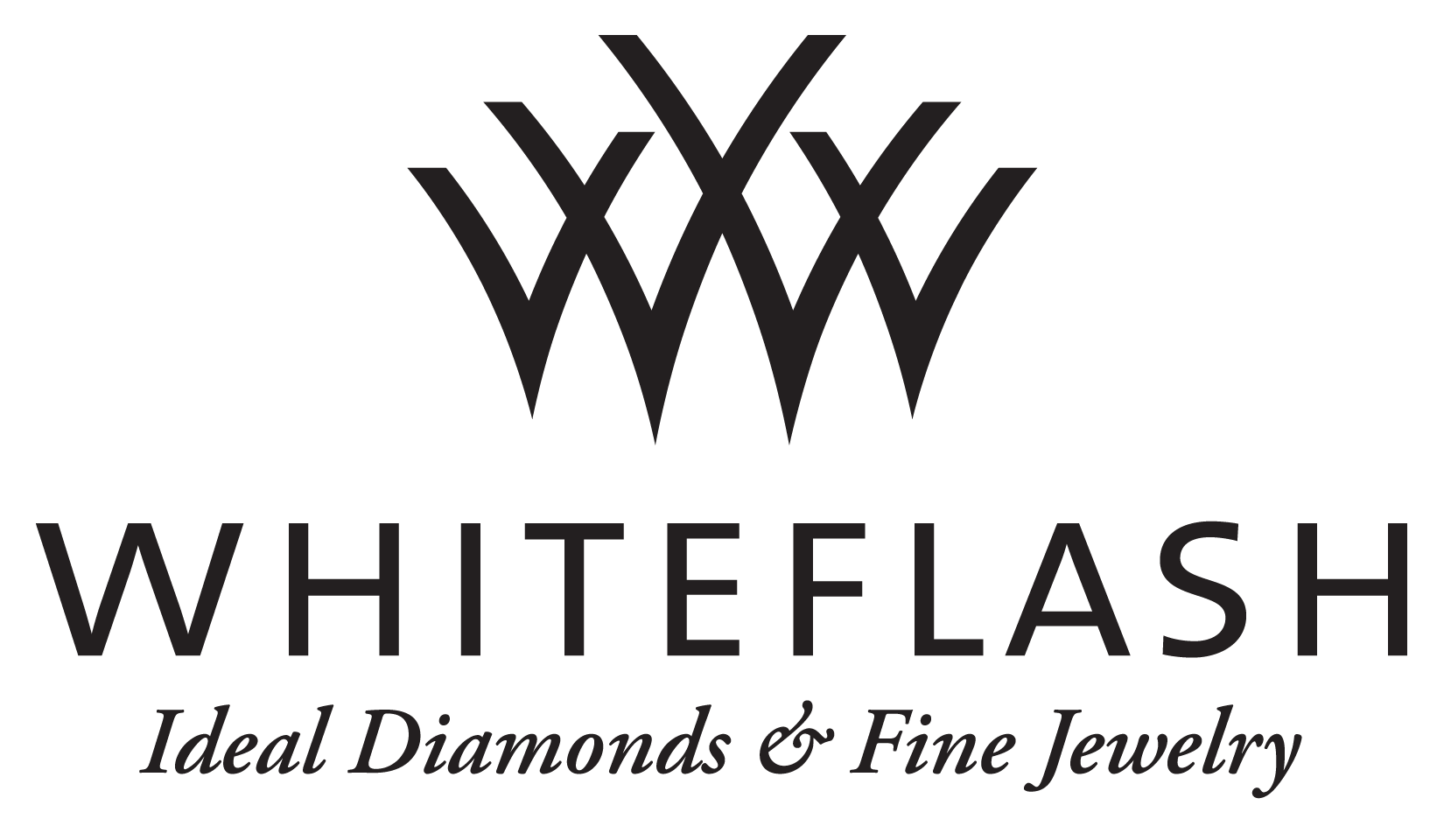
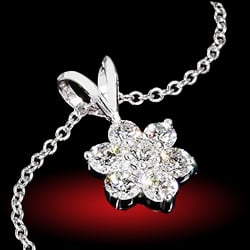
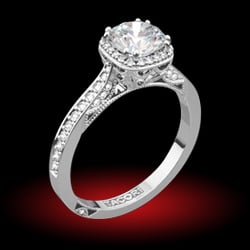
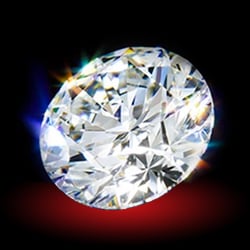
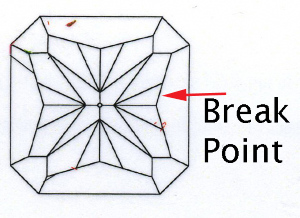


300x240.png)